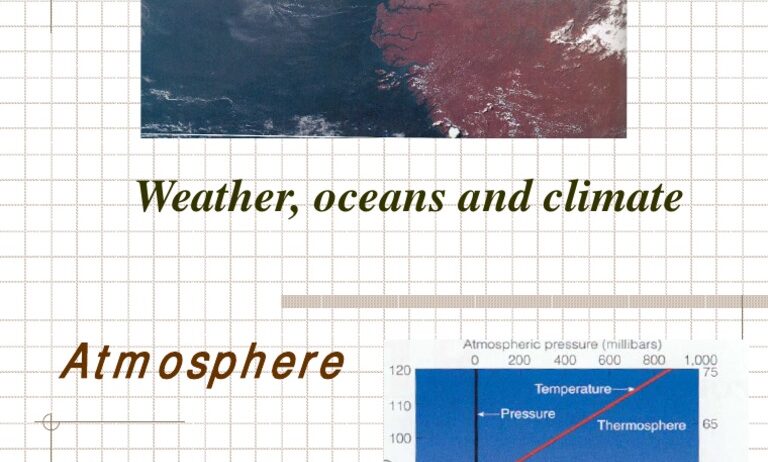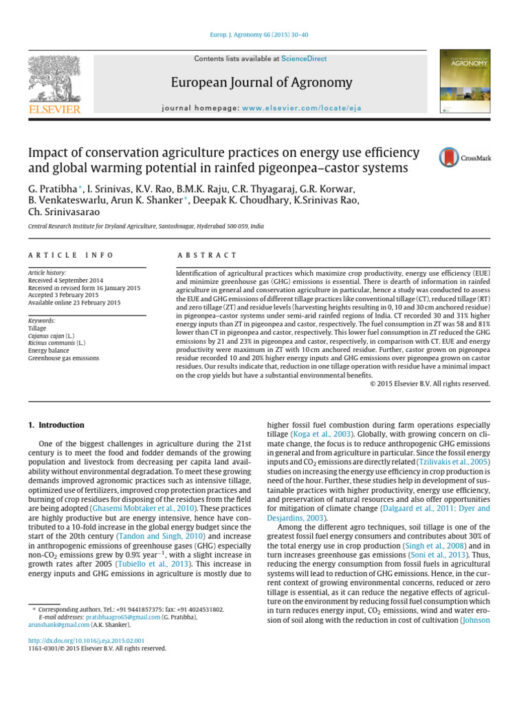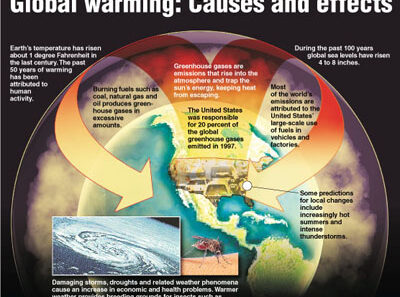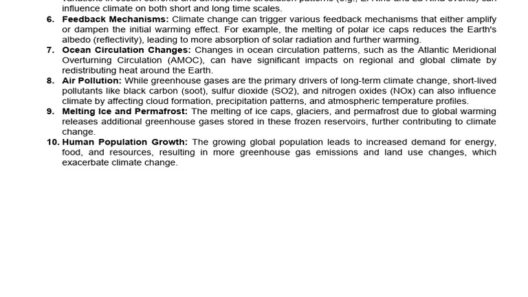The oceanic climate, typically characterized by moderate temperatures, moist air, and precipitation influenced by maritime conditions, is fundamental to understanding both local and global weather patterns. This climate classification is determined largely by proximity to oceans, impacting temperature fluctuations, humidity levels, and precipitation rates. By grasping the nuances of oceanic climate, one can appreciate how seas and oceans shape weather systems.
Oceanic climates are predominantly found on the western coasts of continents within the temperate zones, exhibiting a unique interplay of land and sea. The defining characteristics of this climate can be divided into several components: temperature moderation, seasonal precipitation, humidity, and the distinctive flora and fauna that thrive within these conditions.
Temperature Moderation
One of the most significant features of oceanic climates is their ability to moderate temperature extremes. The oceans act as a thermal reservoir, absorbing heat during warmer months and releasing it slowly during colder periods. Consequently, regions with oceanic climates experience milder winters and cooler summers compared to their continental counterparts.
For instance, cities situated in oceanic climates, such as Seattle in the United States or London in the United Kingdom, are less subject to the severe temperature variations that areas located further inland may experience. This temperature stability is attributed to the specific heat capacity of water, which allows the ocean to maintain a relatively constant temperature, thus influencing adjacent landmasses.
Seasonal Precipitation Patterns
Precipitation in oceanic climates is another defining characteristic. Typically, these regions receive a steady and consistent amount of rainfall throughout the year, with no distinct dry season. This contrasts sharply with climates that experience pronounced wet and dry seasons, such as tropical or arid climates.
In oceanic climates, the rainfall often results from maritime airflow. As warm, moist air travels inland from the ocean, it encounters cooler temperatures, leading to condensation and precipitation. This interplay is crucial in maintaining the lush greenery observed in many coastal regions, where diverse ecosystems flourish due to the consistent moisture availability.
Humidity Levels and Atmospheric Circulation
Humidity plays a vital role in the dynamics of oceanic climates. The sea surface remains a significant source of moisture for the atmosphere. When the sun heats the ocean, water evaporates, mixing with the air and resulting in increased humidity levels. This humid air is essential for sustaining precipitation cycles in regions adjacent to oceans.
Further exacerbating this phenomenon is the influence of atmospheric circulation patterns. The prevailing westerlies, for example, are consistent wind patterns that drive moist air from the ocean over land, creating distinct weather conditions. Storm systems often ride along these westerlies, bringing rain and other forms of precipitation to coastal regions in unpredictable patterns.
Impact on Flora and Fauna
The unique climatic conditions fostered by oceanic influences significantly impact biodiversity. The vegetation in oceanic climates is often dense and rich, characterized by temperate forests, grasslands, and various shrubs. The combination of consistent moisture and moderated temperatures creates ideal conditions for diverse plant species to thrive.
Moreover, the interaction between the land and ocean extends to the animal kingdom. Many fauna species, such as migratory birds, have adapted their life cycles around the climatic conditions promoted by close proximity to the sea. The seasonal fluctuations in food availability, driven by weather patterns, influence migration habits and breeding seasons, demonstrating the profound interconnectedness of oceanic climates and biodiversity.
Regional Variations in Oceanic Climates
Oceanic climates vary regionally, encompassing various subtypes. For instance, some areas exhibit a humid temperate climate characterized by higher precipitation levels, while others may lean towards a more continental feel, with distinct seasonal temperature variations. The Pacific Northwest of the United States exemplifies the former, characterized by lush rainforests resulting from the orographic lift and saturation of oceanic air masses. Meanwhile, regions like southwestern Australia may experience a more arid version of oceanic climate conditions due to continental air influences.
The Role in Climate Change
As climate change continues to alter global weather patterns, the effects on oceanic climates deserve scrutiny. Rising sea temperatures contribute to atmospheric warming, leading to more intense storms and unpredictable weather systems. Additionally, ocean acidification affects marine ecosystems and can disrupt the delicate balance of life sustained by these climates.
The correlation between oceanic climate dynamics and climate change is profound. Observing these interactions facilitates a wider understanding of the potential impacts on agriculture, water resources, and biodiversity. Mitigating the adverse effects of climate change necessitates not only global cooperation but also a deep appreciation for the intrinsic value of oceanic climates.
Conclusion
The oceanic climate represents an essential aspect of Earth’s meteorological systems, intricately tied to temperature moderation, precipitation patterns, humidity, and biodiversity. Understanding how oceans shape weather provides critical insights into the broader implications of climate dynamics. As humanity continues to grapple with the realities of climate change, recognizing the role of oceanic climates in shaping the environment becomes indispensable for fostering a more sustainable future.








